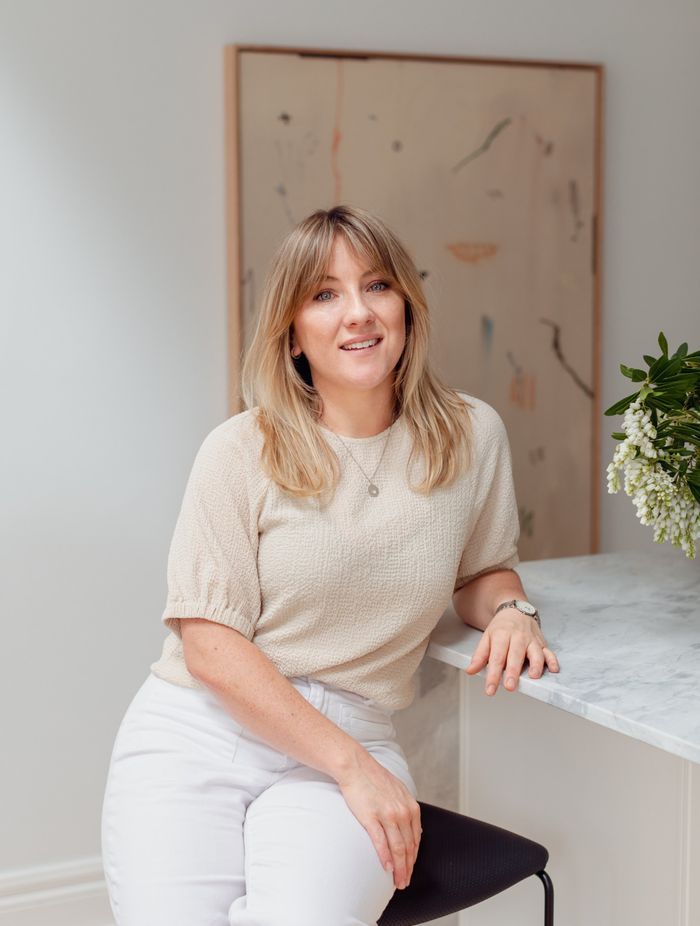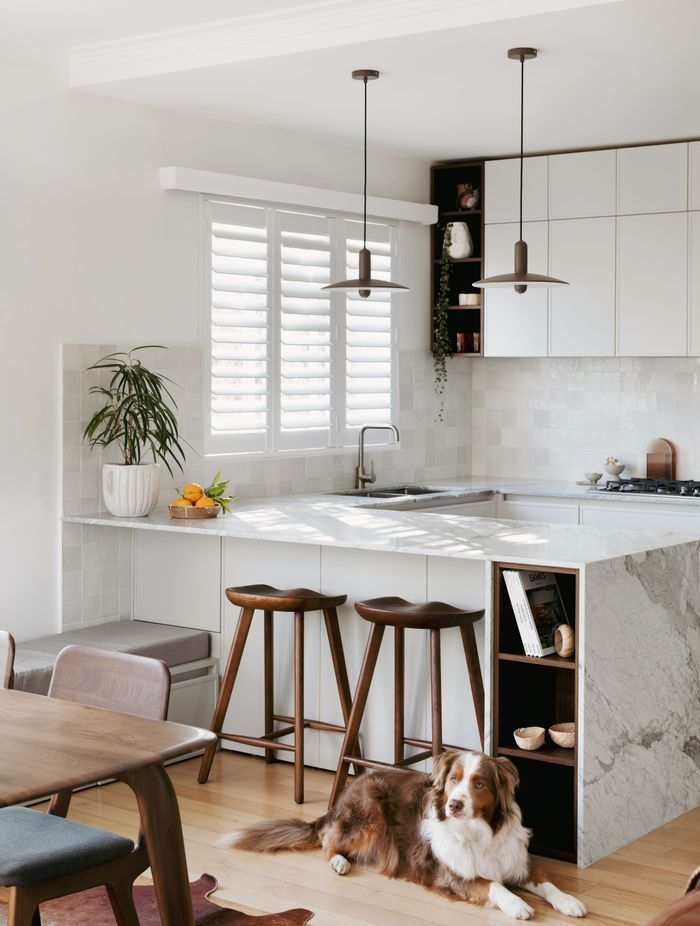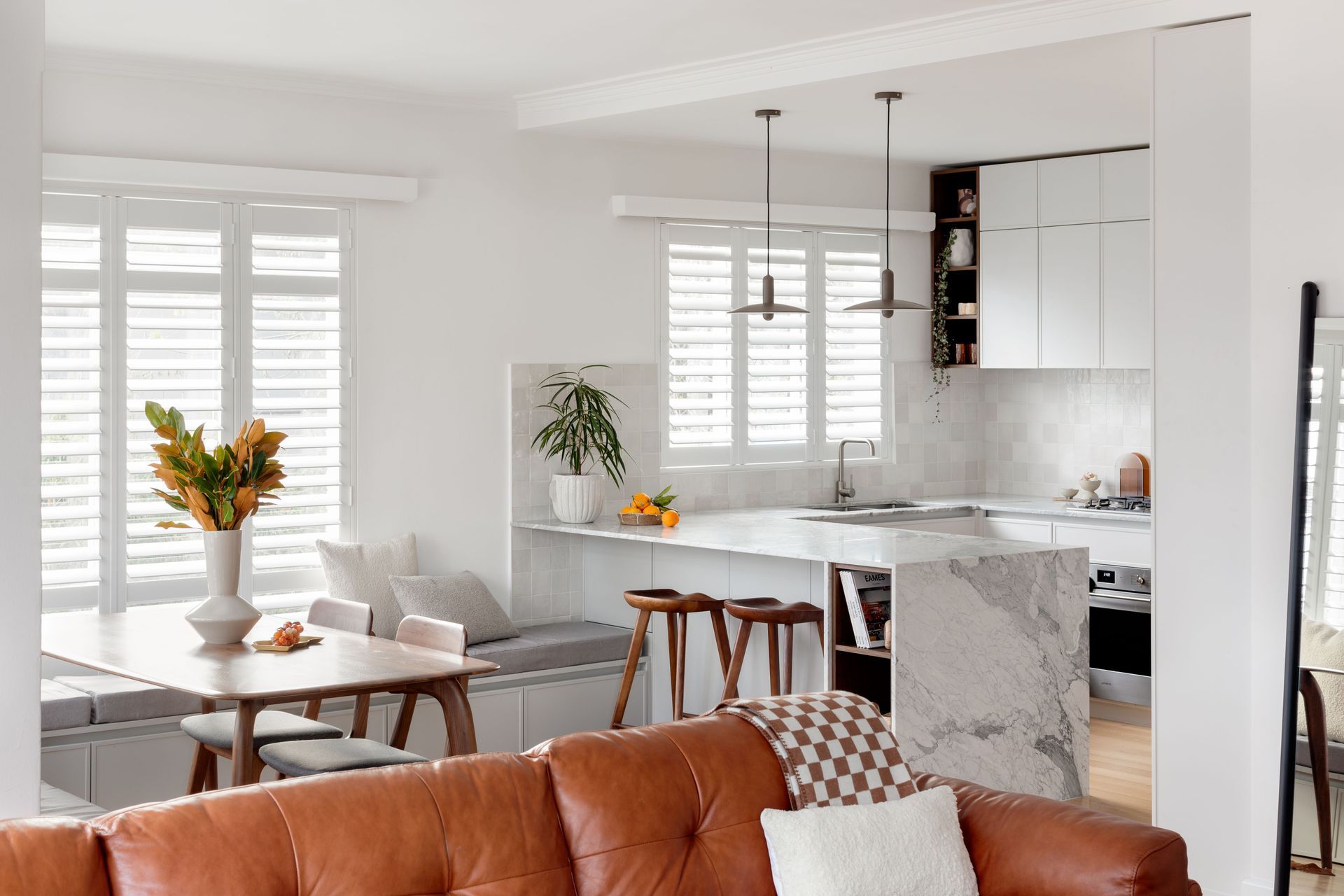How to brief your architect or interior designer correctly
Written by
04 February 2023
•
5 min read

The design brief is a vital piece of the design process that is essential to working with an architect or interior designer. A design brief is a document that clearly outlines the budget, scope, strategy and core details of your project. In regards to building or renovating a home, a design brief may include the budget, what needs to be built, the process by which the construction and changes will be carried out, as well as the floorplan, the interior design scheme, the architectural style and any sustainable, eco-friendly or material requests you may have. A well-crafted brief ensures your design professionals know exactly what they need to do, and that you get exactly what you want.
Read now: Why you should hire an architect for your next build or renovation
Bonnie Mills is an architect and interior designer based in Melbourne, and the founder of Bonnie Mills Architecture + Interiors. With more than 10 years of experience working within the industry, Bonnie knows exactly what a good design brief does – and doesn’t – look like. “The best outcome on any design project is achieved when a client allows themself to trust the designer to put their expertise into practice and exercise design freedom within the brief, so making sure you chose someone you trust is certainly the best thing you can do for your project. “The best outcome on any design project is achieved when a client allows themself to trust the designer to put their expertise into practice and exercise design freedom within the brief, so making sure you choose someone you trust is certainly the best thing you can do for your project,” says Bonnie.

What to bring to a briefing session
Having a realistic expectation of budget and timeline is an excellent place to start the briefing process. The best way to educate yourself on both these aspects is by speaking to friends, family or acquaintances who have been through the architectural or interior design process themselves, says Bonnie. “You can never bring too much information to a briefing session. Collect all the things that are important to you, whether it’s a notepad of ideas, a Pinterest board, some precedent projects that you love or hate, and your must-have/nice-to-have list that will generate collaboration and conversation,” says Bonnie.
Read now: What does an architect do?

How to create a ‘good’ brief
A good design brief will outline the basics, such as the budget, required functionality, number of bedrooms and living areas, your wish-list items and your must-have features. However, a great design brief will include personal information that will enhance your quality of living. “A great design brief is created through in-depth conversations with your architect to uncover the intangible things that truly define the ‘why’ of your project,” says Bonnie. “The questions that are difficult to answer in a written questionnaire are usually the ones that come up naturally in discussions, so you should expect to spend some time not only discussing the basics of what you seek to achieve through your project, but also answering questions that are more personal to your unique household dynamic.”
Some questions you should think about:
- How do you want to feel when you walk through your front door at the end of a long day?
- What time does your family wake up, and do you have breakfast together?
- Do you entertain often?
- Do you spend much time outdoors?
- How do you imagine spending your time during springtime afternoons?
- Do you want your bedroom to feel secluded or connected to the rest of the home?
Read now: Which renovations add the most value to your home?

The best inclusions for an architectural brief
Once a foundation has been established, it’s time to analyse other information that will shape the future of your home. Divide your desired features, such as pools, mud rooms, butler’s pantries and other wishlist items into ‘must-haves’ and ‘nice-to-haves’. This will determine what type of functionality and features are integral to facilitating the best lifestyle for you and your family at home, within your budget.
“This will help your architect understand what is of the most importance to you and what takes priority when planning the design,” says Bonnie. “Completing this step in the early stages will save you time, money and stress in the long run, and is a tool that can be used right from the planning stage through to construction, ensuring you are allocating your budget to the things that matter most to you.”
Read now: What does an interior designer do?

The best inclusions for an interior design brief
Before briefing an interior designer, Bonnie suggests thinking about how you want to engage your interior designer and what you want their role to look like, and what they’ll be responsible for. “Are you engaging other consultants directly or would you like your designer to handle that? Will they source, purchase and manage delivery of the goods on your behalf or just provide a schedule of proposed finishes?” says Bonnie. “Think about the vision you have for your project, what do you want your space to feel like? How will you and your family inhabit the space? What other spaces inspire you?”
Read now: How to style shelves and display homewares like an interior designer

Expert tip:
Bonnie explains that having a good understanding of the budget and timing for the project, and how much flexibility you have with this, is essential to creating a strong brief, and advises breaking down the budget for your project into areas or project stages to ensure you make it all the way through. “Consider if your budget allows for GST, a 10%+ contingency, any additional permits or approvals and your consultant's fees, as well,” says Bonnie. “Your interior designer can guide you through this and ensure that all proposed work is feasible and achievable within the set budget and timeframes.”
Find the right interior designer or architect for your next project on ArchiPro.